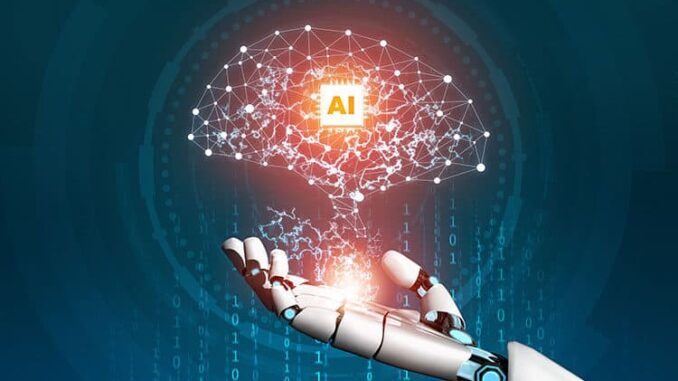
The continuous refinement of an AI model refers to the ongoing process of improving and optimizing the model’s performance over time. This process can involve several key activities:
1. **Data Collection**: Continuously gathering new data to enhance the training dataset. This can include data from user interactions, real-world applications, or updated datasets that reflect current trends or changes in user behavior.








2. **Model Training and Re-training**: Regularly re-training the model with updated datasets to improve its accuracy and relevance. This can also involve experimenting with different algorithms or architectures to find the most effective solution.
3. **Hyperparameter Tuning**: Adjusting the hyperparameters of the model to optimize its performance. This can include changes in learning rates, batch sizes, and the architecture of neural networks.
4. **Evaluation and Validation**: Consistently evaluating the model against a validation set to assess its performance and ensure it generalizes well to unseen data. This can include monitoring metrics like accuracy, precision, recall, and F1 score.
5. **Feedback Mechanisms**: Implementing systems to collect user feedback, which can then be used to identify areas of improvement or bias in the model.
6. **Addressing Bias and Fairness**: Taking steps to identify and mitigate biases that may exist in the AI model. This can involve analyzing performance across different demographics and ensuring fair outcomes.
7. **Regular Updates**: Incorporating advancements in AI research and technology to keep the model updated with the latest techniques and trends.
8. **Monitoring Performance Post-Deployment**: Continuously tracking the model’s performance in real-world applications to identify potential degradation over time due to changes in data patterns or user behavior.
9. **Collaboration and Crowdsourcing**: Leveraging contributions from the community or stakeholders to identify issues and brainstorm potential improvements.
10. **Documentation and Transparency**: Keeping thorough records of changes made to the model, along with the rationale behind those changes, to ensure transparency and facilitate future refinement efforts.
Through these processes, AI models can be iteratively refined, resulting in improved accuracy, efficacy, and reliability while adapting to new challenges and changing contexts. Continuous refinement is crucial for maintaining the relevance and effectiveness of AI systems in real-world applications.

Leave a Reply